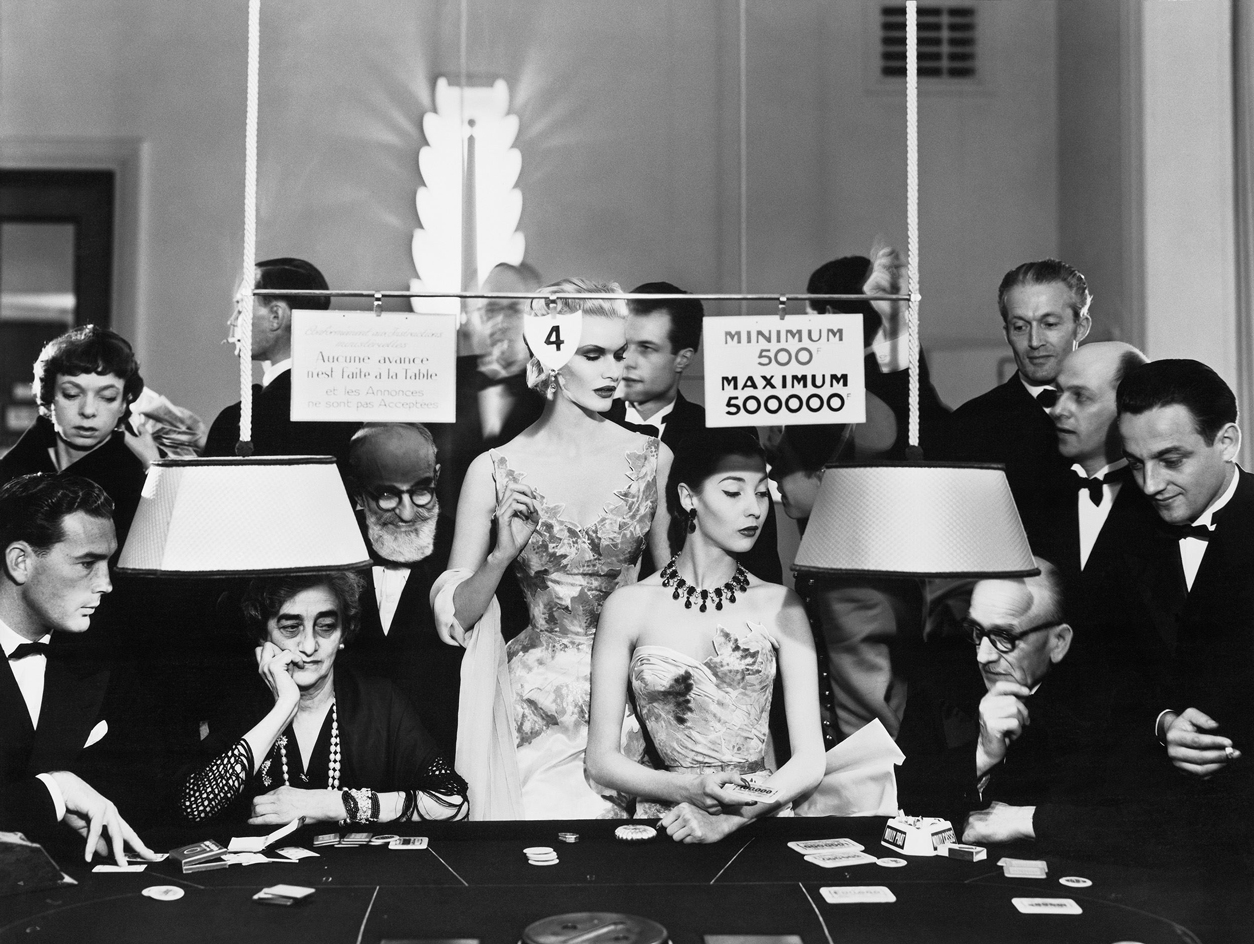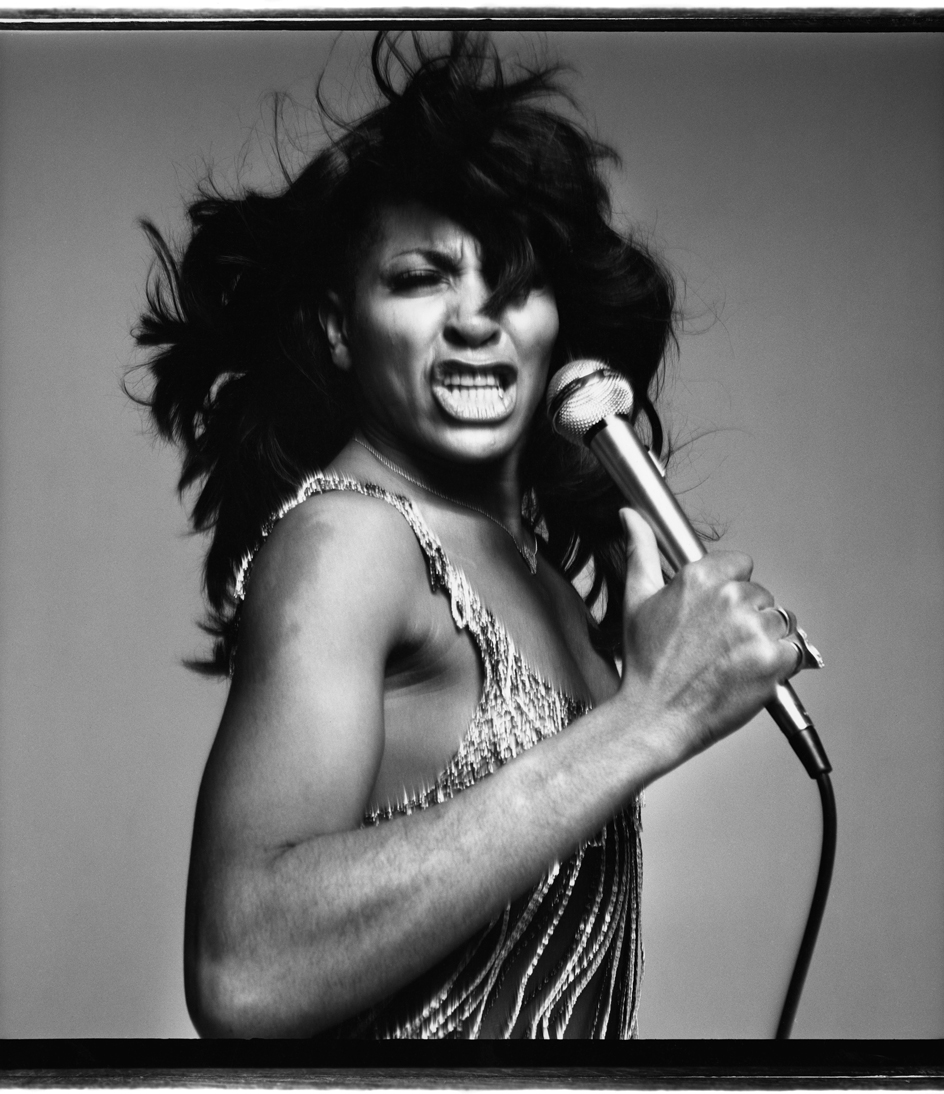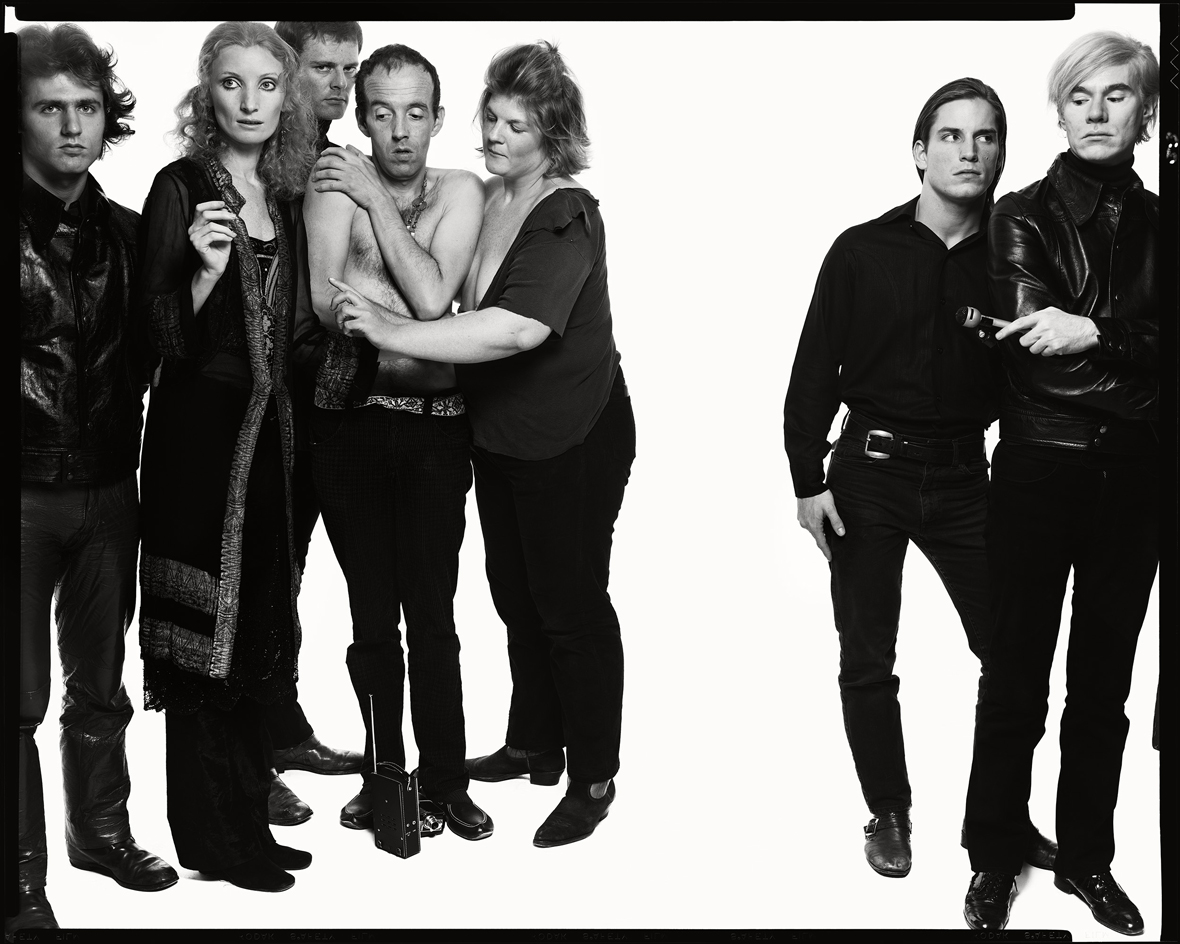How Richard Avedon brought a new flavour of glamour to photography
On the centenary of Avedon’s birth, ‘Avedon: Glamorous’ at Hamiltons gallery explores how the photographer defined a new era, of fame, glamour and sophistication

He photographed them all: from Tina Turner, to Coco Chanel and Andy Warhol. But there’s photographing someone, and then there’s capturing a moment; Richard Avedon’s mastery of the latter saw him become one of the defining photographers of an era.
Now, a wave of exhibitions (including ‘Avedon 100’ at the Gagosian) is marking what would have been Avedon’s 100th birthday. For ‘Avedon: Glamorous’, Hamiltons gallery in London has collaborated closely with The Avedon Foundation to curate an exhibition celebrating the power of the artist’s capacity to draw out the human emotion and individual mannerisms of his subjects and imbue his images with resplendent glamour.

Tina Turner, performer, dress by Azzaro, New York, June 13, 1971
Since he first picked up a camera aged 12, Avedon engaged with photography in many guises. During the Second World War, he was tasked with taking identity photographs (‘I must have taken pictures of one hundred thousand faces before it occurred to me I was becoming a photographer,’ he said). Avedon then studied under art director Alexey Brodovitch (then at Harper’s Bazaar) at the Design Laboratory of the New School for Social Research. He began working as a freelance photographer, primarily for Harper’s Bazaar. Initially denied a studio by the magazine, he was forced to get inventive, photographing models and looks in more obscure locations, such as the streets, in nightclubs, on the beach.
This instilled in Avedon a zest for carving out his own approach as a fine art photographer, which led him to be included in early solo shows at major institutions at The Smithsonian (1962) and the Minneapolis Institute of Fine Art (1970). He then became the first living photographer to be honoured with a solo exhibition at the Metropolitan Museum of Art in 1978, followed by a retrospective in 2002.

Andy Warhol and members of the Factory (#8), left to right- Gerard Malanga, poet; Viva, actress, Paul Morrisey, director; Taylor Mead, actor; Brigid Polk, actress; Joe Dallesandro, actor; Andy Warhol, artist, 1969
‘We live in a time where contemporary culture is even more obsessed and fixated on celebrity, beauty, wealth and fame. Avedon documented this and so much more in his decades-long career with a camera,’ explains Tim Jefferies, principal of Hamiltons gallery. ‘These days our smartphones make us all budding photographers, but the exhibition shines a light on the skill and experience that is needed to extract the ultimate ingredients for a truly great photograph.’
Avedon’s subjects were wide-ranging, from anonymous sitters to friends; activists to celebrities. Throughout all, his work challenged the status quo, subverted beauty conventions, and, as illustrated in the show at Hamiltons, filled with wit, charisma and a deep grasp of human psychology.

Debutante Cotillion, New Orleans, Louisiana, February 19, 1963
‘Avedon: Glamorous’, until 11 August, Hamiltons gallery, London. hamiltonsgallery.com
Receive our daily digest of inspiration, escapism and design stories from around the world direct to your inbox.
Harriet Lloyd-Smith was the Arts Editor of Wallpaper*, responsible for the art pages across digital and print, including profiles, exhibition reviews, and contemporary art collaborations. She started at Wallpaper* in 2017 and has written for leading contemporary art publications, auction houses and arts charities, and lectured on review writing and art journalism. When she’s not writing about art, she’s making her own.
-
 Winston Branch searches for colour and light in large-scale artworks in London
Winston Branch searches for colour and light in large-scale artworks in LondonWinston Branch returns to his roots in 'Out of the Calabash' at Goodman Gallery, London ,
-
 The most anticipated hotel openings of 2026
The most anticipated hotel openings of 2026From landmark restorations to remote retreats, these are the hotel debuts shaping the year ahead
-
 Is the future of beauty skincare you can wear? Sylva’s Tallulah Harlech thinks so
Is the future of beauty skincare you can wear? Sylva’s Tallulah Harlech thinks soThe stylist’s label, Sylva, comprises a tightly edited collection of pieces designed to complement the skin’s microbiome, made possible by rigorous technical innovation – something she thinks will be the future of both fashion and beauty
